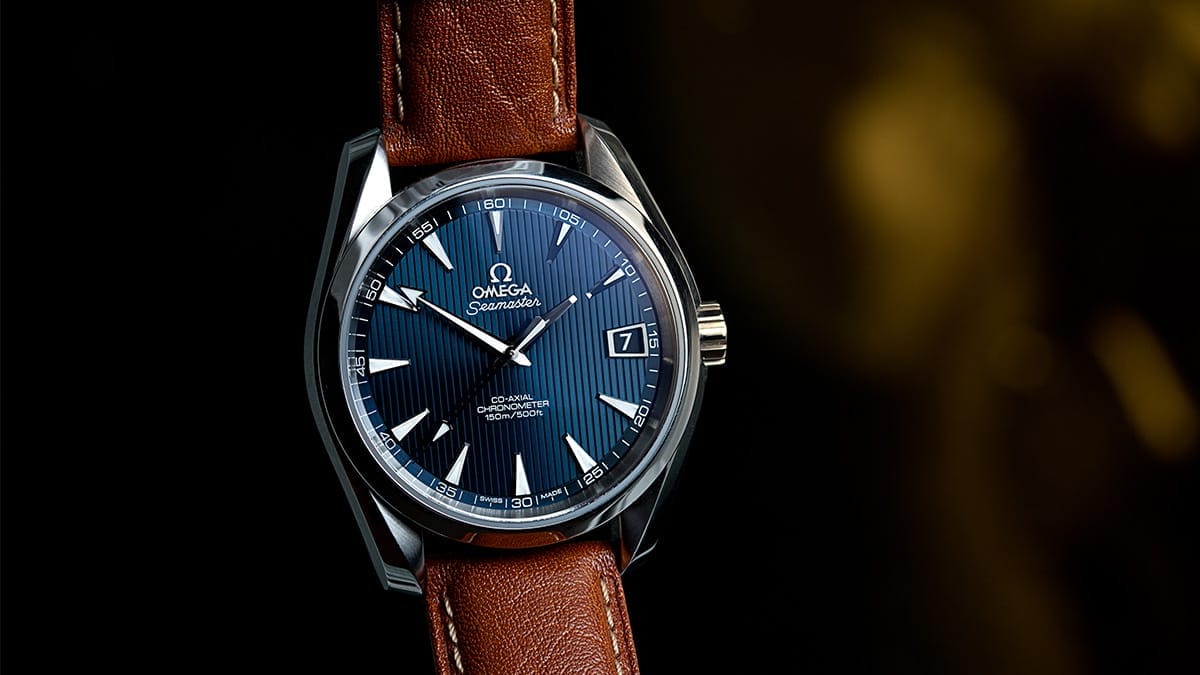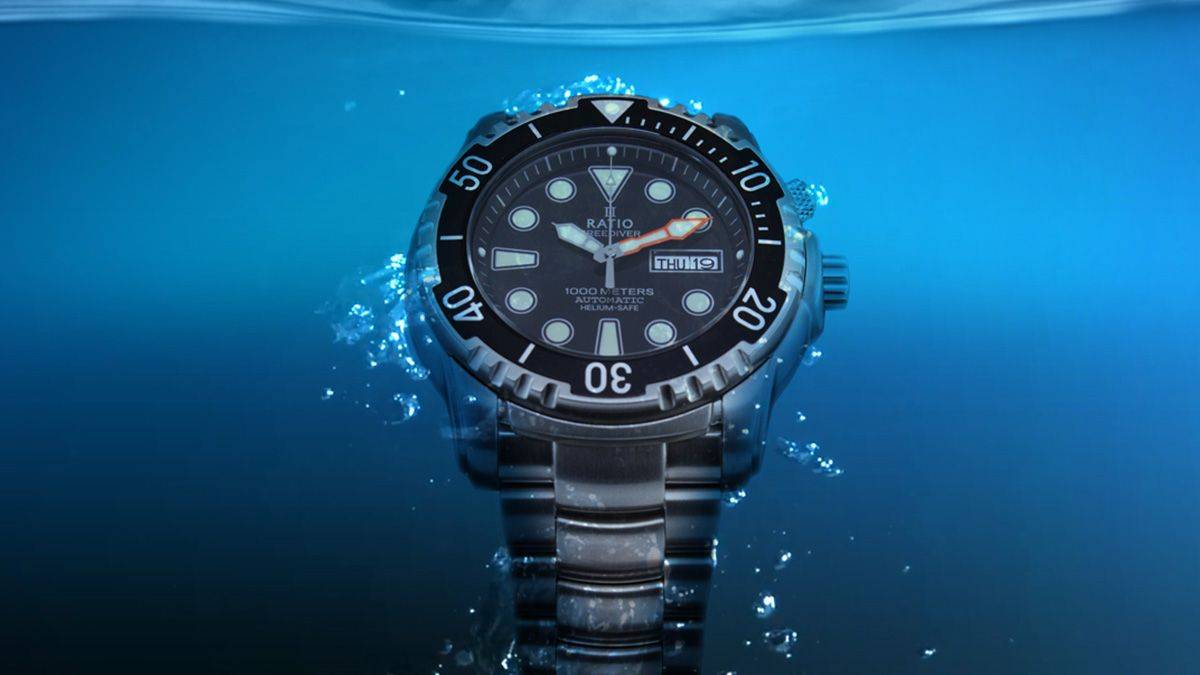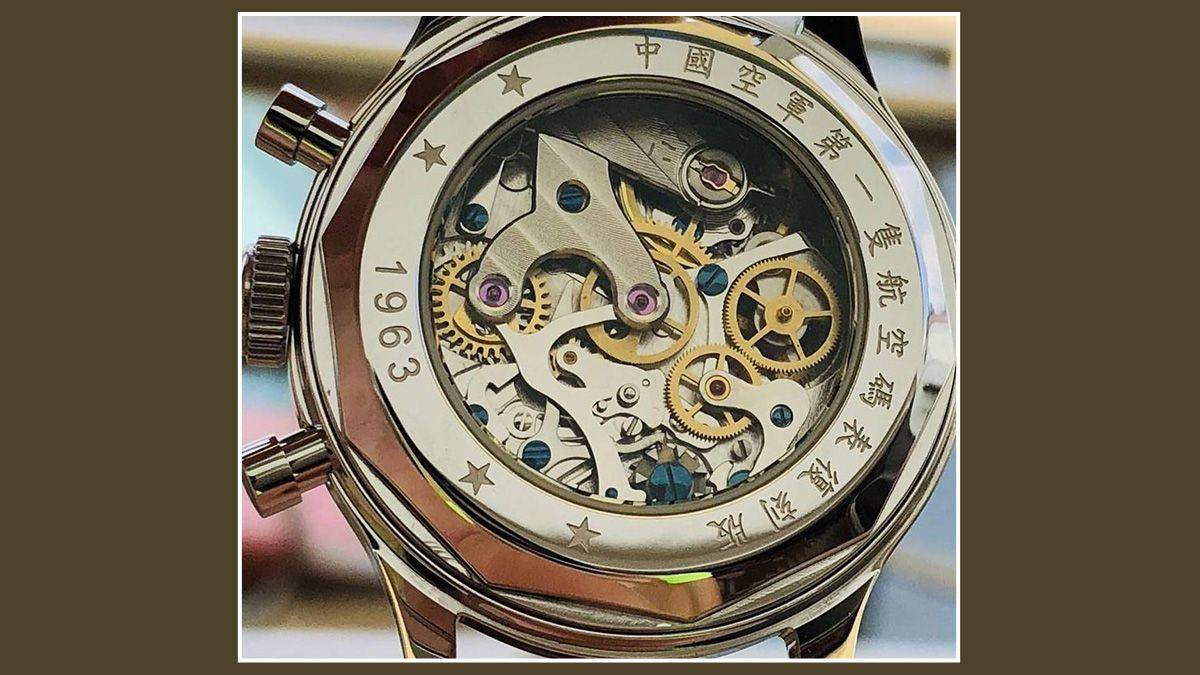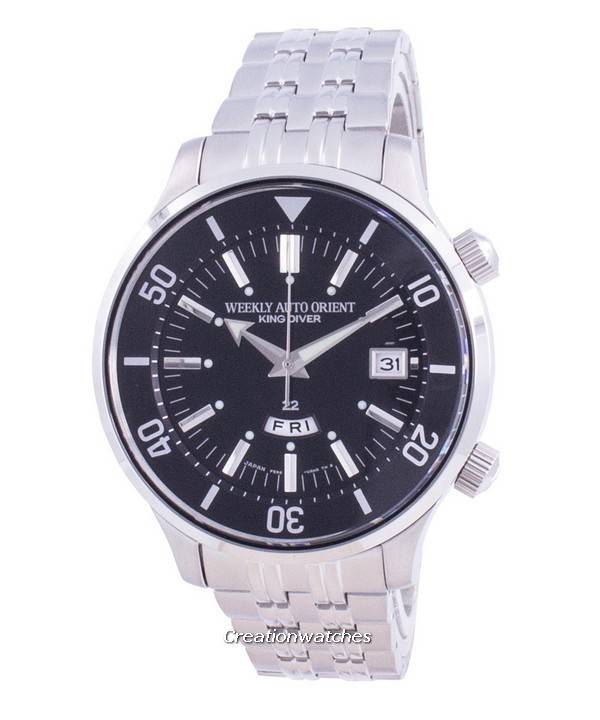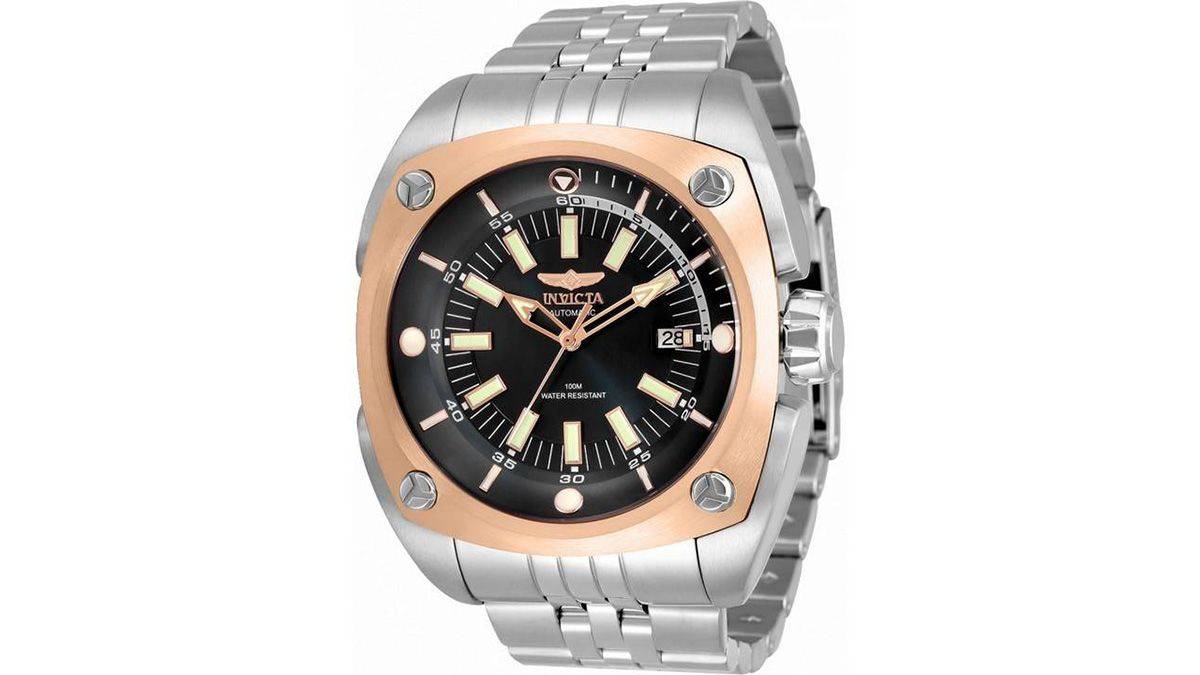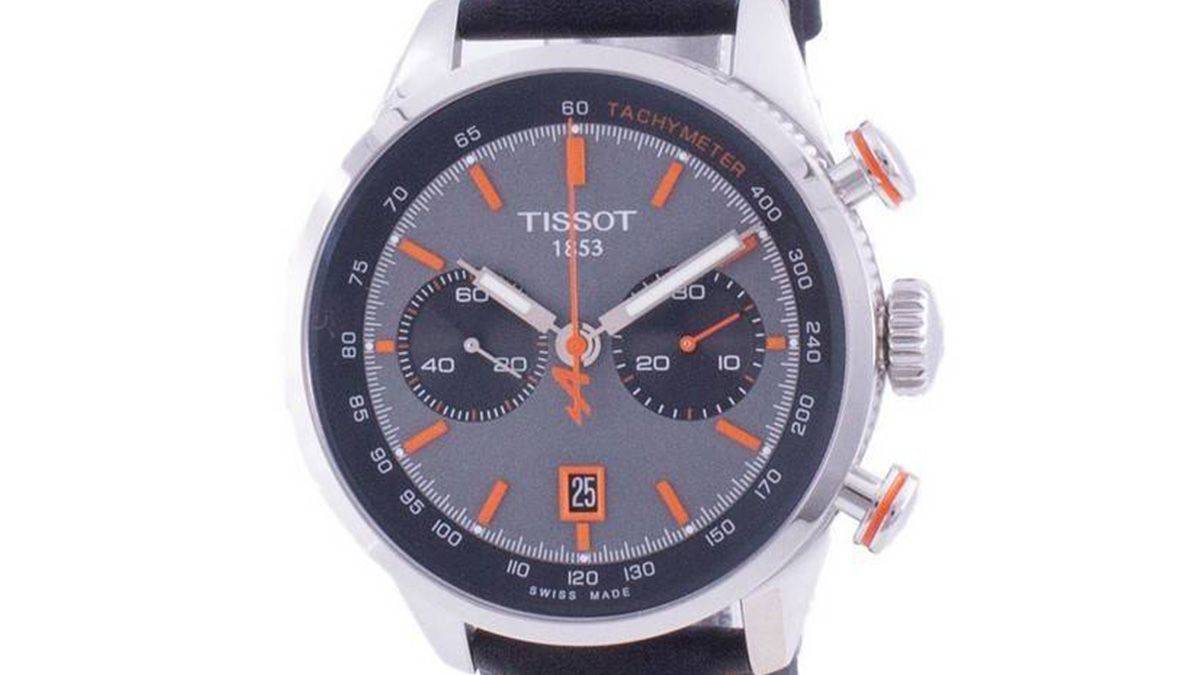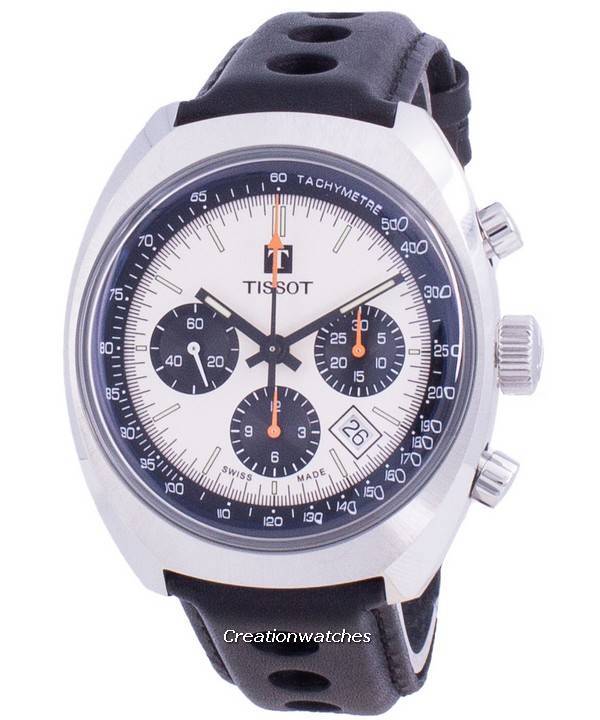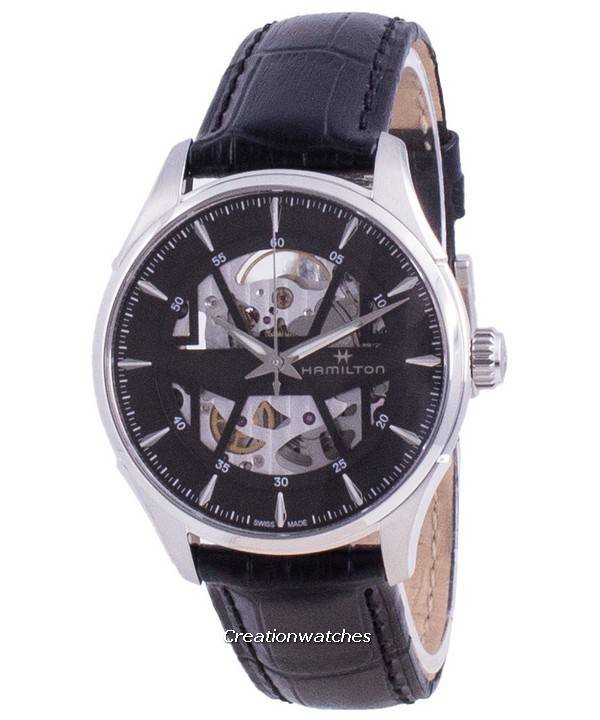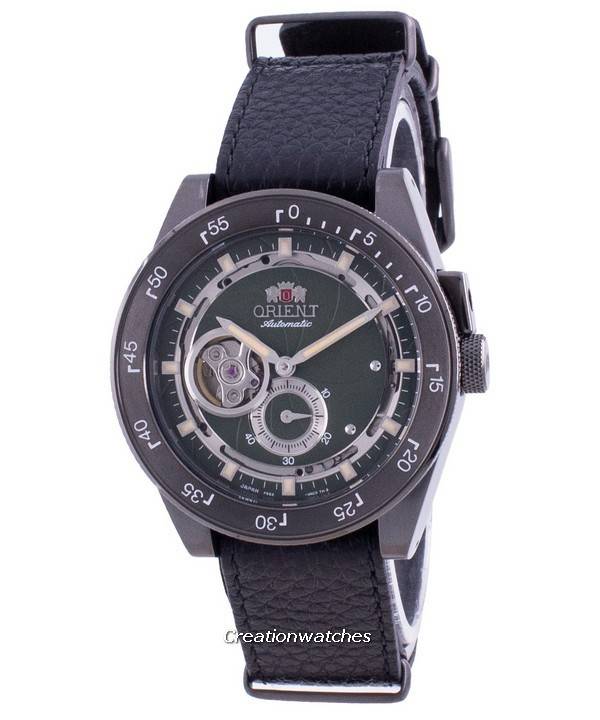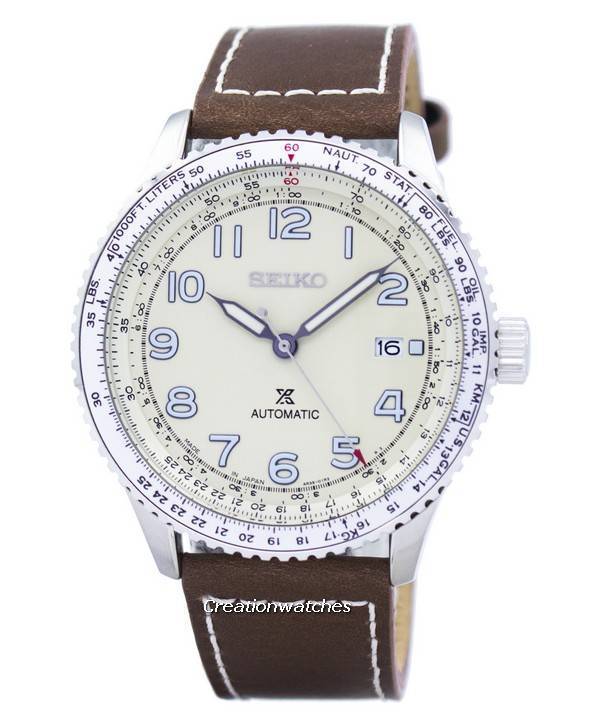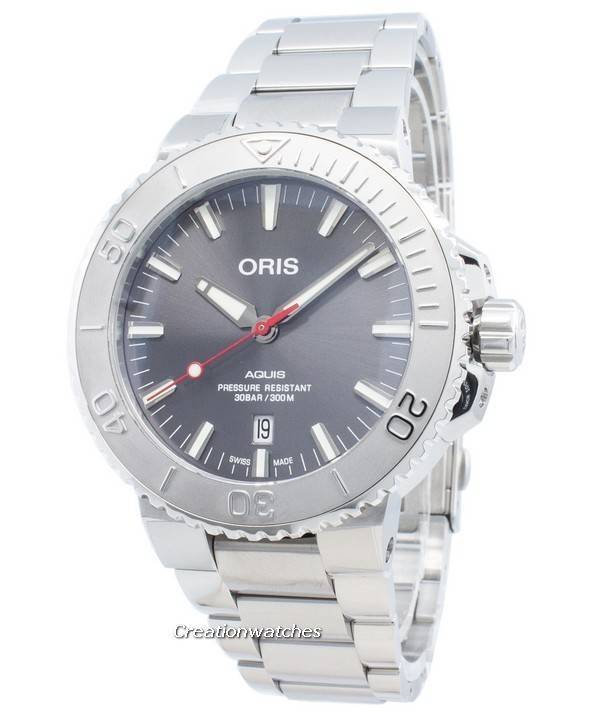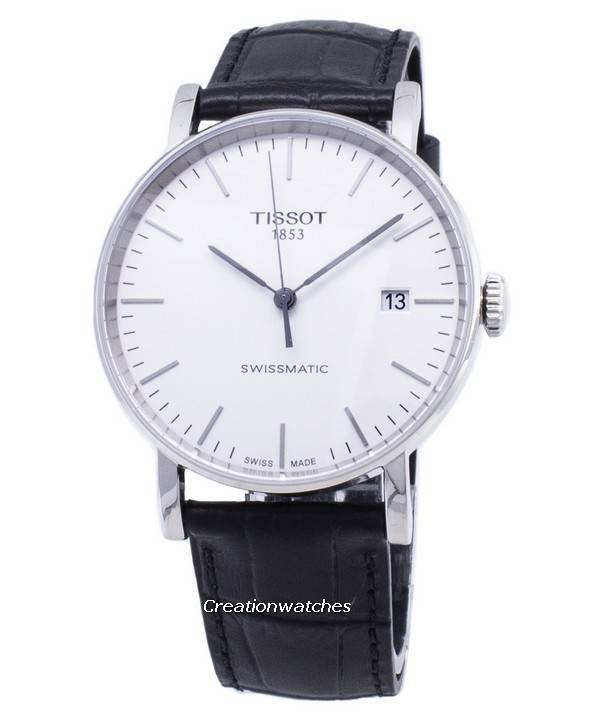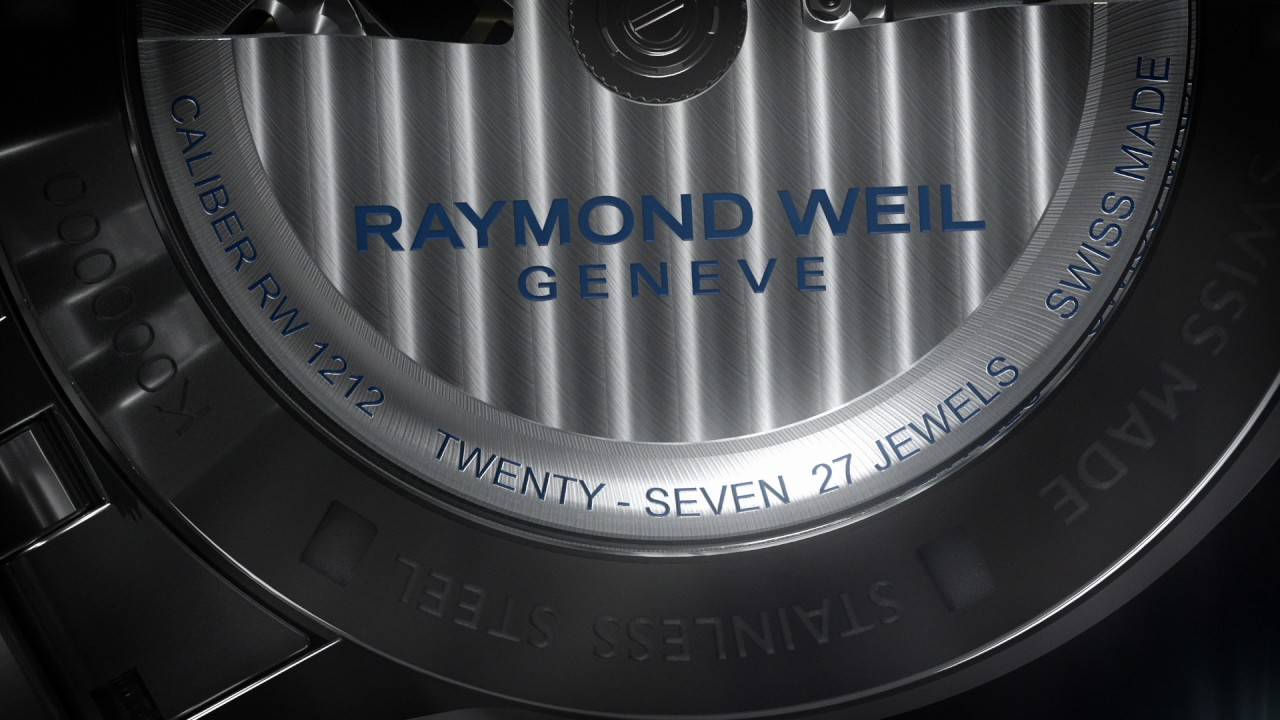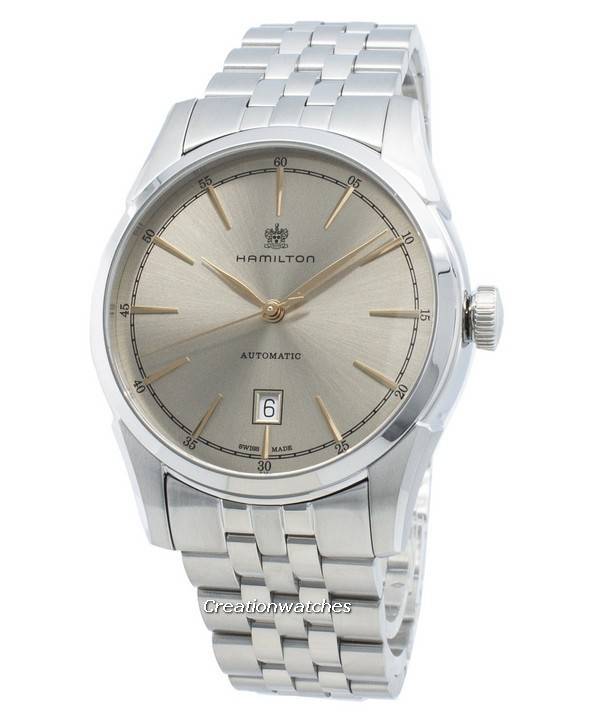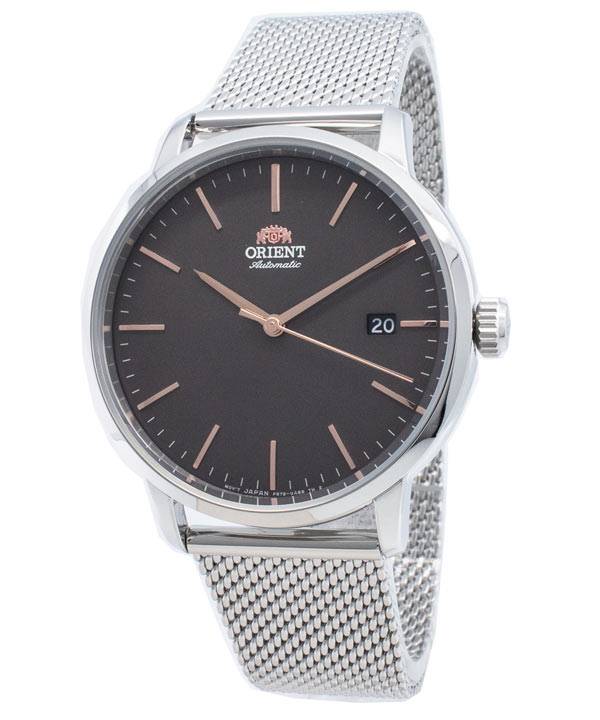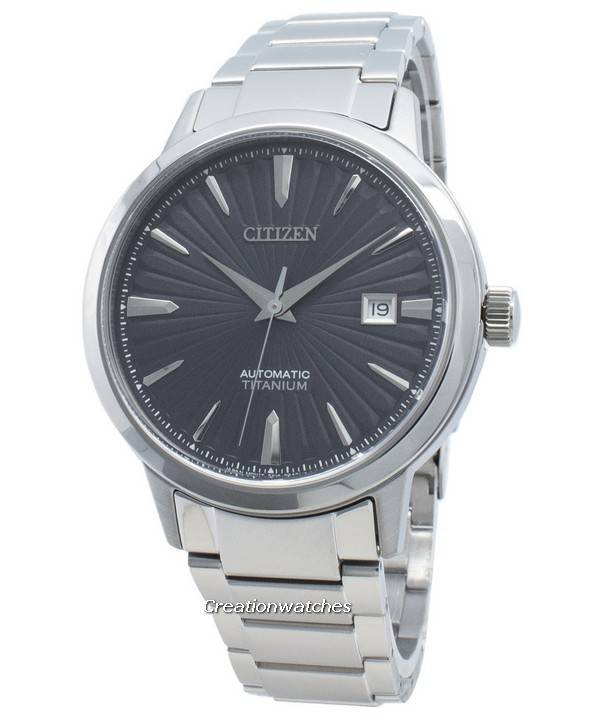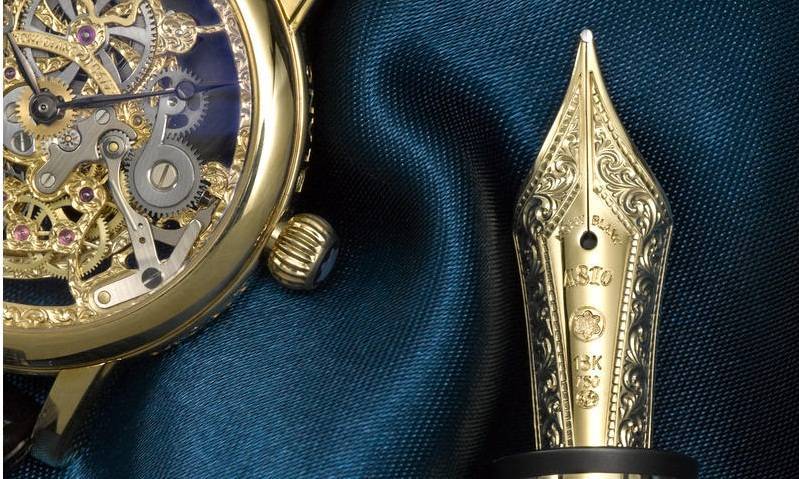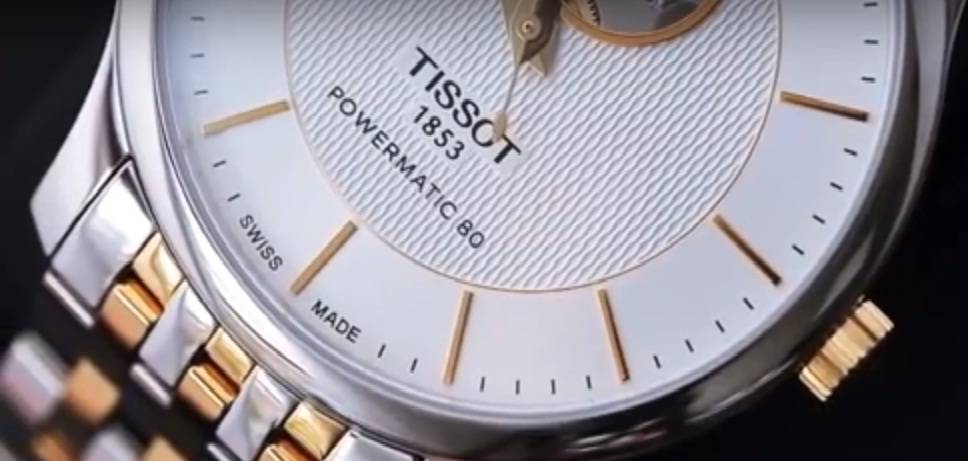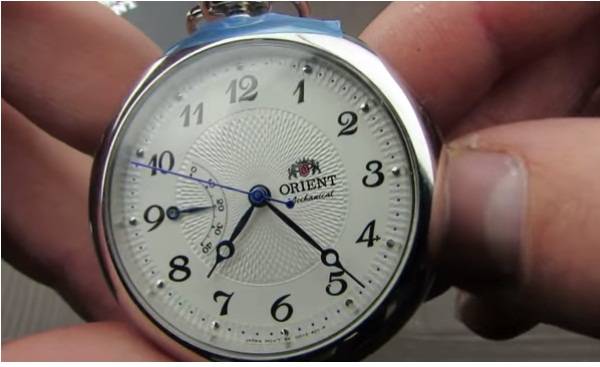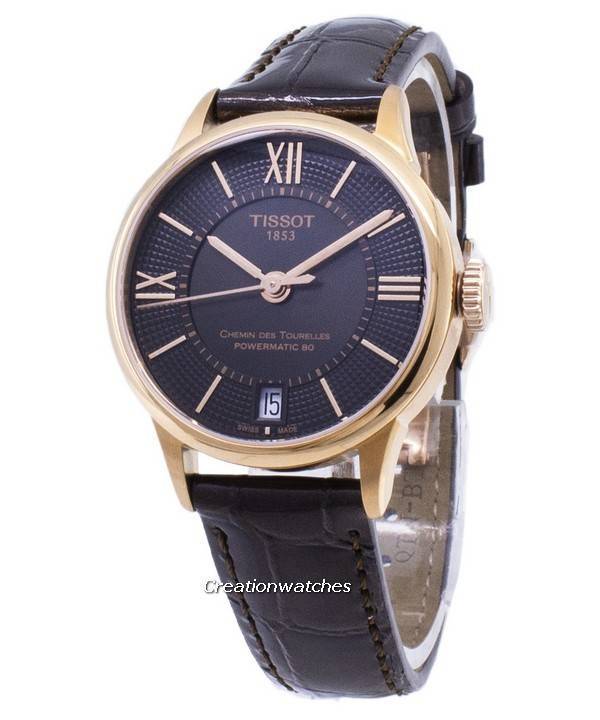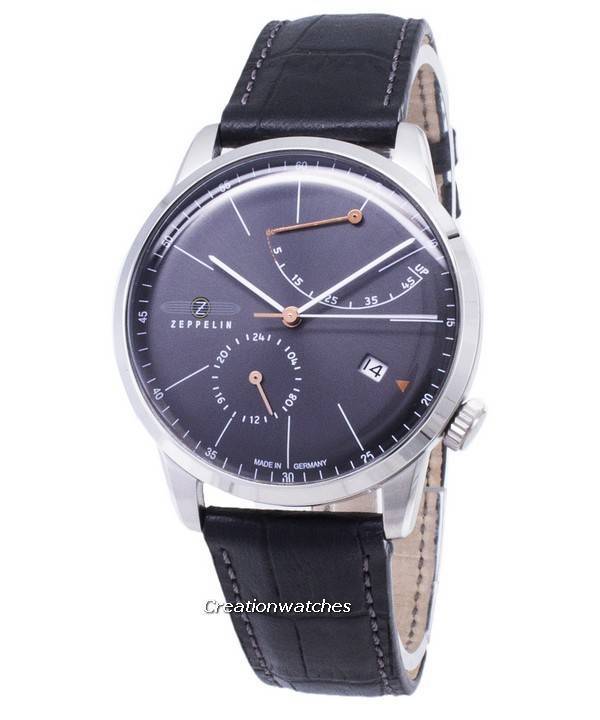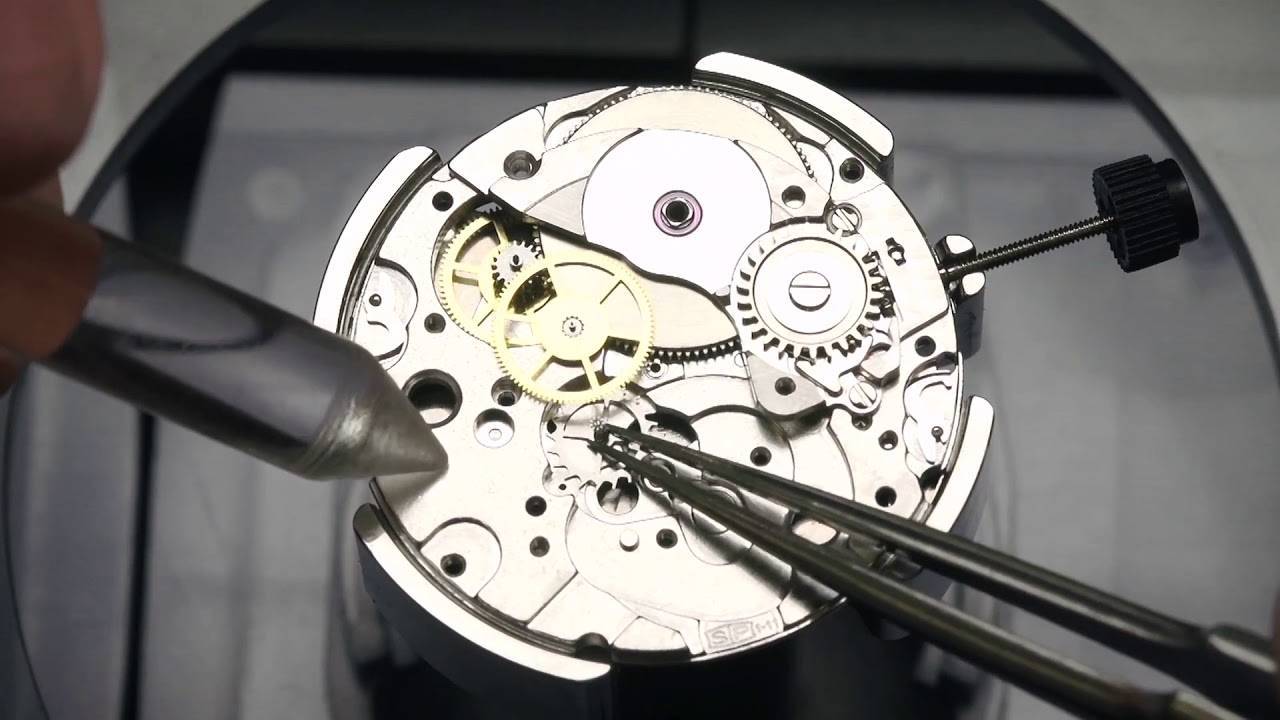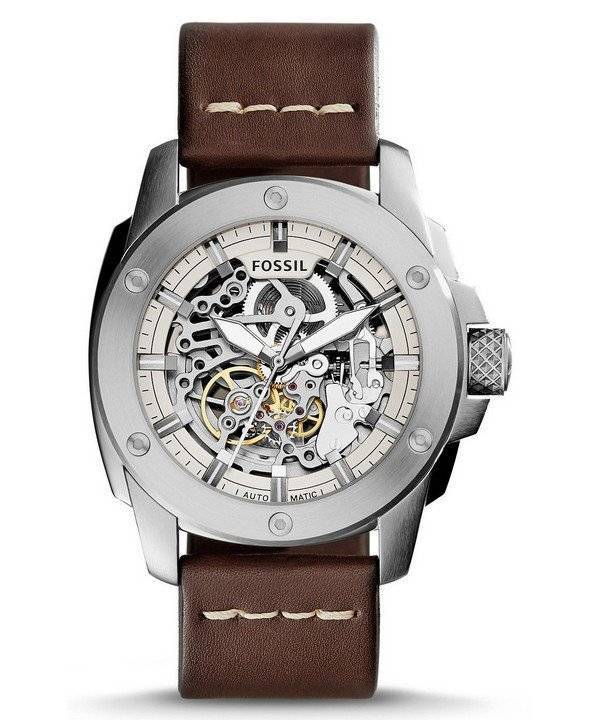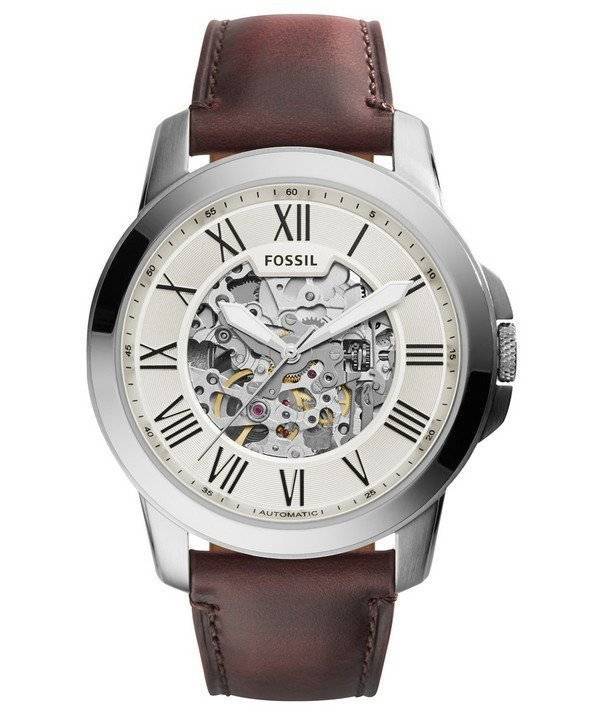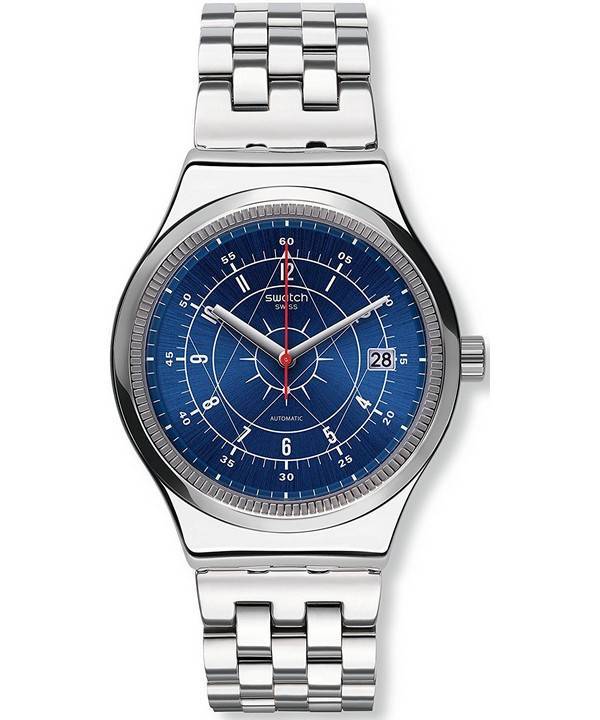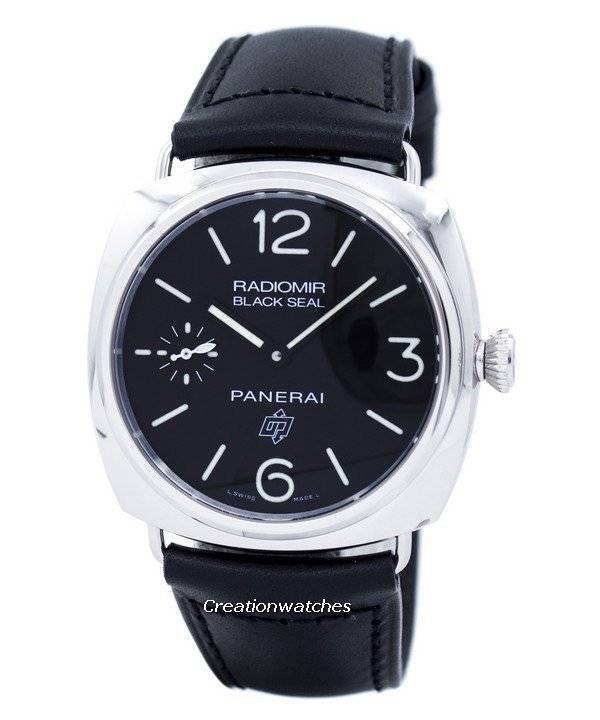 Often we face questions about whether Co-Axial signifies a specific type of movement or if it is some specific grade applied to the Omega calibres. Since it’s been quite some time we discussed it last, I wish to go back over the whole thing to clear the confusion once and for all.
Often we face questions about whether Co-Axial signifies a specific type of movement or if it is some specific grade applied to the Omega calibres. Since it’s been quite some time we discussed it last, I wish to go back over the whole thing to clear the confusion once and for all.
Firstly, Co-Axial is not an invention by Omega. It has an English origin; credits go to Dr. George Daniels for creating this escapement mechanism that by and large beats the traditional Swiss lever escapement from several aspects. Now, there’s also something called the Extra Flat Co-Axial Escapement, but for the time being, we’ll keep it out of this discussion.
So the theory goes like this:
The co-axial escapement has 3 jewels adorning the pallet fork while the balance wheel has one. The role they play is entirely different than in the Swiss lever escapement mechanism. In the SLE, the jewels on the pallet fork, firstly, receive impulses from the escape wheel; next, they lock the gear train to receive the next impulse after the balance returns to unlock it.
The co-axial escapement, on the other hand, separates these roles. Here, two jewels receive impulses and the other two perform the locking action. But this is not what Dr. Daniels wanted to do but rather, a side effect of his achievement. However, let us lay down the differences by points, which will further facilitate the understanding of how the two work.

- Swiss Lever Escapement: The impulse from the mainspring to the balance wheel travels via the pallet fork as the escape wheel slides across the jewel’s impulse face. The escape wheel tooth then move towards the direction of the tangentially applied force to its circumference, moving the pallet fork away almost to 90o to the force. This results in the least efficient transmission of the force.
- Coaxial escapement: In this case, the coaxial wheel delivers the impulse radially to the pallet fork. The impulse jewel receives the impulse and moves in the same direction, which helps it to receive almost the entire energy produced while minimising the sliding action drastically. The impulse is received in the opposite direction, directly by the impulse jewel that stays attached to the balance.
Okay, most of the readers won’t find the engineering a very alluring subject to go ga-ga over; what they want to know is how it is going to benefit them. So here we go:
- In the coaxial escapement, the lack of sliding action removes the need for lubrication.
- No lubrication on the impulse jewels means there are no chances of breaking down of the lubricant, which otherwise affects precision. More consistently accurate timekeeping, that means.
- Longer service intervals.
- Special synthetic lubricants on the locking jewels have longer life. But, these lubricants function more as cushioning agents for the locking action.
Surely, you won’t get the softer and springier gold alloy today that Dr. Daniels actually used in his creation, but the steel used by Omega is a better shock absorber that has zero need for a hydraulic cushion. That means, you really don’t need to bother about if your watch’s service is due.
Our next instalment will discuss the types of the Co-Axial movement; till then, this much will do.
Watch(es) mentioned in this post are listed below. Click to see details and buy them:



